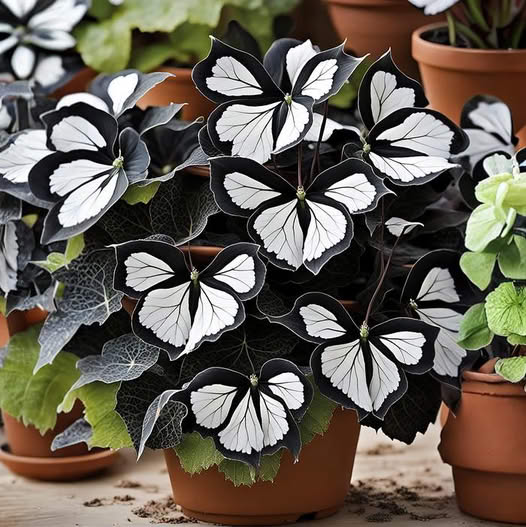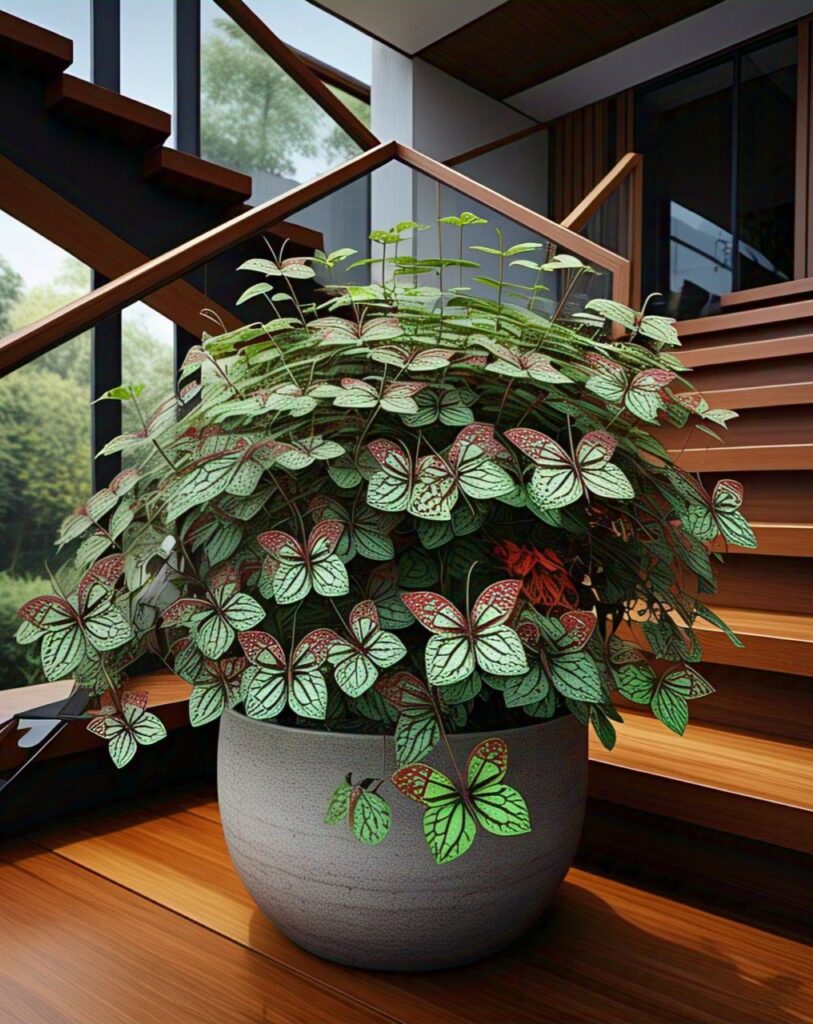When we think of butterfly plants, an array of vibrant colors and delicate forms fills our minds. These plants are not just botanical marvels; they serve as crucial habitats for butterflies, creating a symbiotic relationship that benefits both entities. Visually, butterfly plants can be striking, often adorned with clusters of bright blossoms designed to attract pollinators. Each flower is like a tiny stage, showcasing its beauty while inviting butterflies to dance among the petals. Consider the iconic milkweed, known for its purple and pink blooms, which not only draws in various butterfly species but also plays a pivotal role in the lifecycle of monarch butterflies.

Images of butterfly plants often evoke emotions tied to nature’s resilience and interconnectedness. They can inspire awe at the intricacies of ecosystems where a simple flower can influence the presence of butterflies, thus impacting broader ecological dynamics. The act of capturing these images—whether through photography or artistic representation—can ignite curiosity and appreciation for biodiversity. In galleries or online platforms, these visuals can tell stories about conservation efforts or highlight the fragility of habitats under threat from urbanization and climate change.
The Aesthetic Appeal of Butterfly Plants
Color and Form
The aesthetic appeal of butterfly plants is profound. They often exhibit a palette that ranges from deep blues and purples to fiery reds and yellows. This diversity not only attracts humans but also serves specific evolutionary purposes. For instance, certain color variations might appeal more to specific butterfly species, optimizing pollination. Imagining how a garden filled with such flowers transforms into a living canvas where butterflies flit about can evoke a sense of peace and wonder.

Symbolism and Cultural Significance
Butterfly plants transcend mere aesthetics; they resonate with cultural symbolism. In many cultures, butterflies represent transformation and the fleeting nature of life, while the plants themselves often symbolize growth and nurturing. This duality invites us to reflect on our own lives: how we nurture relationships or ideas, akin to how these plants nurture butterflies. By depicting butterfly plants in art and media, we engage in conversations about identity, change, and our connection to the natural world.
Ecological Perspective on Butterfly Plants
Habitat and Biodiversity
From an ecological standpoint, butterfly plants are vital components of their ecosystems. They provide essential resources—nectar and shelter—that support a variety of butterfly species. The imagery of these plants can serve as a powerful reminder of the complex web of life within ecosystems. A single butterfly plant blooming in a field can contribute to a larger narrative about biodiversity, reminding us that each species plays a role in maintaining ecological balance.

Conservation Efforts
In recent years, the plight of many butterfly species has drawn attention to the importance of conserving their habitats. Photographs of butterfly plants can become catalysts for advocacy, prompting discussions around habitat preservation and restoration. By sharing these images on social media or through educational platforms, individuals can raise awareness about the need to protect these enchanting creatures and the plants they depend on, turning beautiful visuals into tools for positive environmental change.
Personal Reflections Through Visuals
Engaging with Nature
Engaging with butterfly plant imagery allows us to reconnect with nature, even in urban environments where green spaces may be limited. Viewing these images can transport us to lush gardens or meadows, sparking a desire to cultivate similar spaces in our own lives. Imagine a city dweller inspired by a vivid image of a butterfly plant garden, leading them to create a small butterfly-friendly space on their balcony. This ripple effect illustrates how visuals can inspire individual actions that collectively contribute to greater environmental consciousness.
The Art of Observation
Moreover, capturing images of butterfly plants encourages an art of observation that many of us may overlook in our busy lives. It invites us to pause, appreciate the details—the texture of leaves, the gradient of petals, and the graceful movements of butterflies. This mindful engagement promotes a deeper understanding of nature’s rhythms and cycles, fostering a sense of responsibility towards preserving these interactions for future generations.










